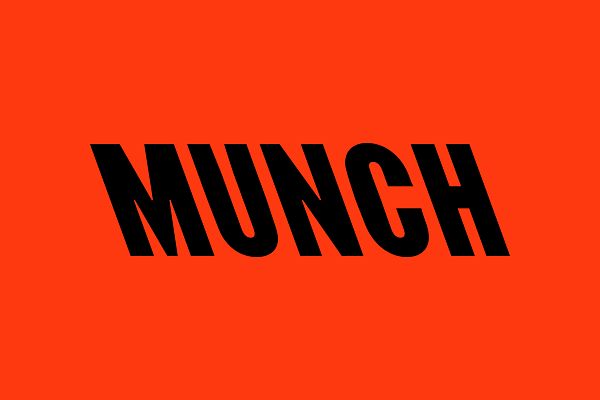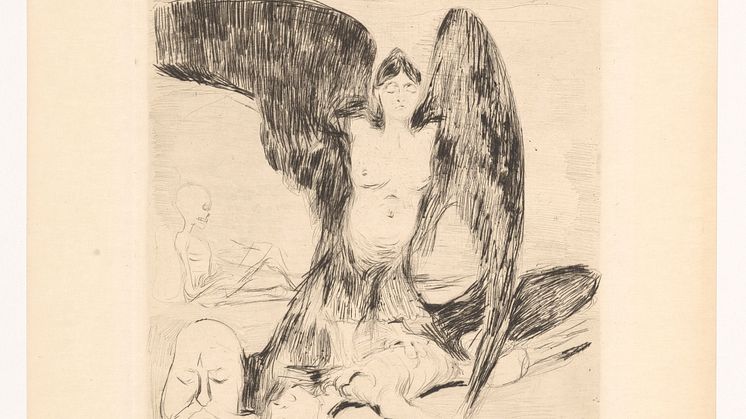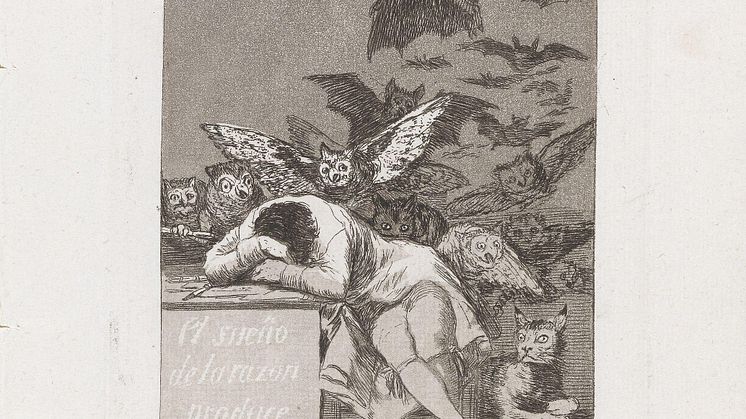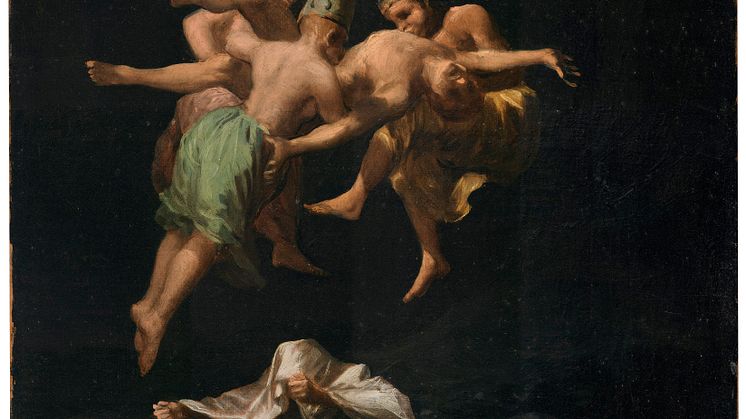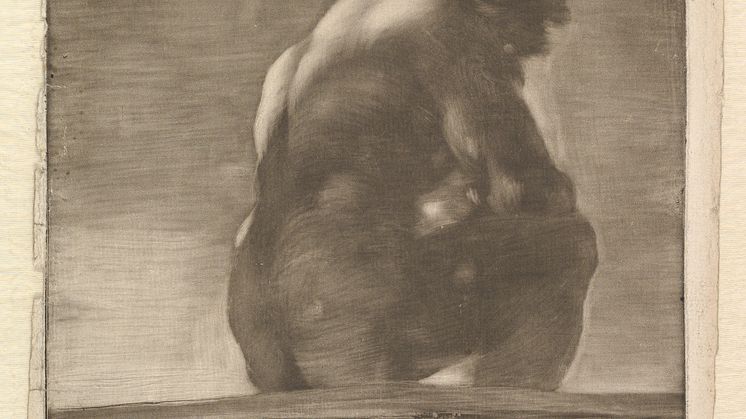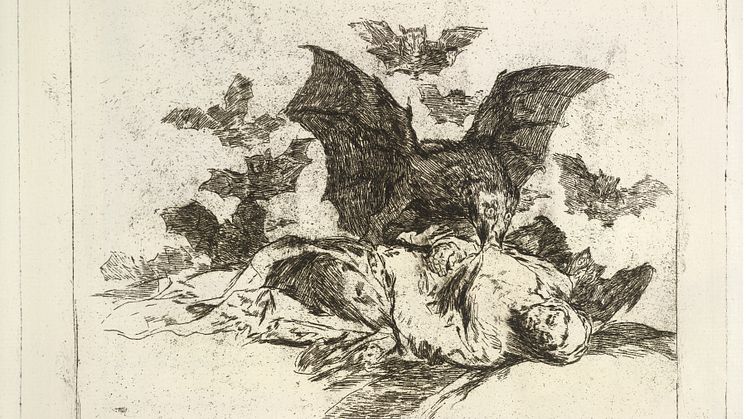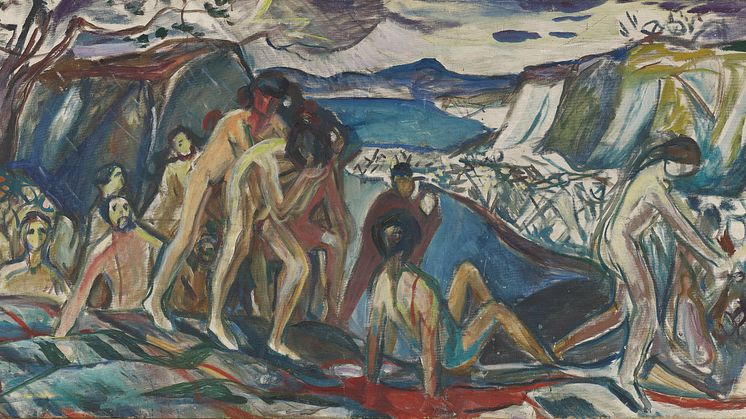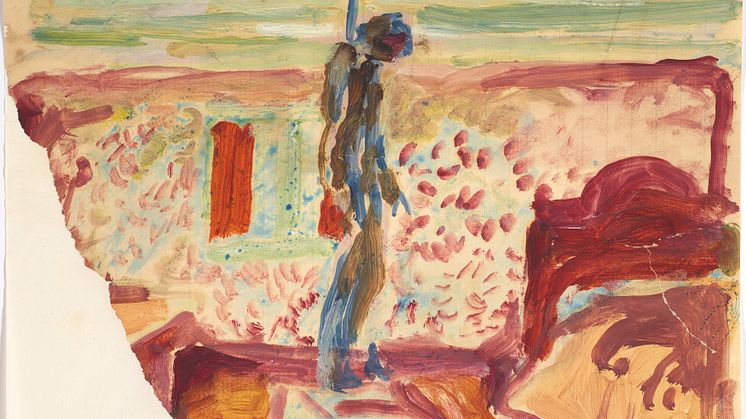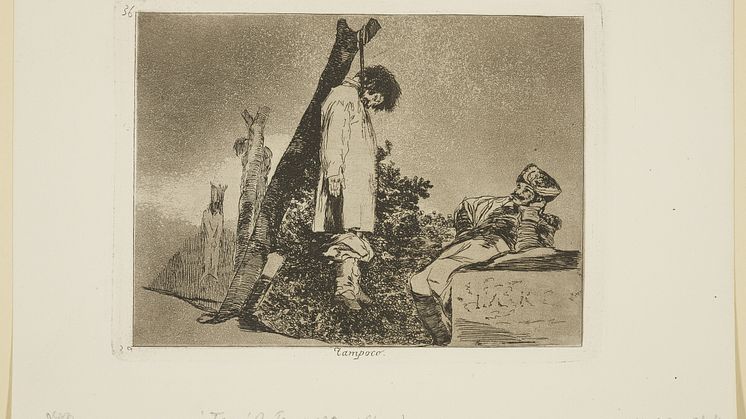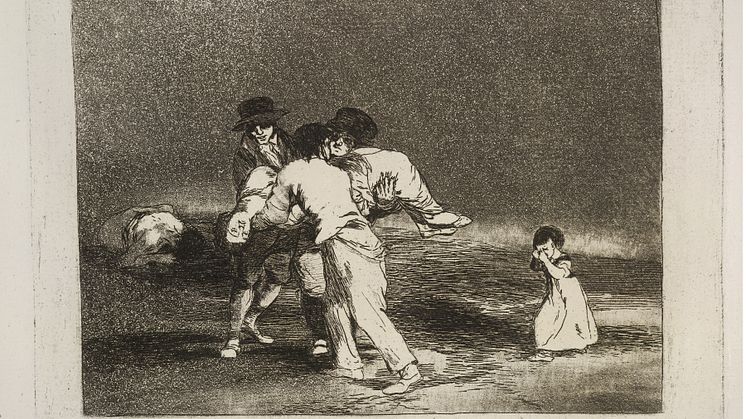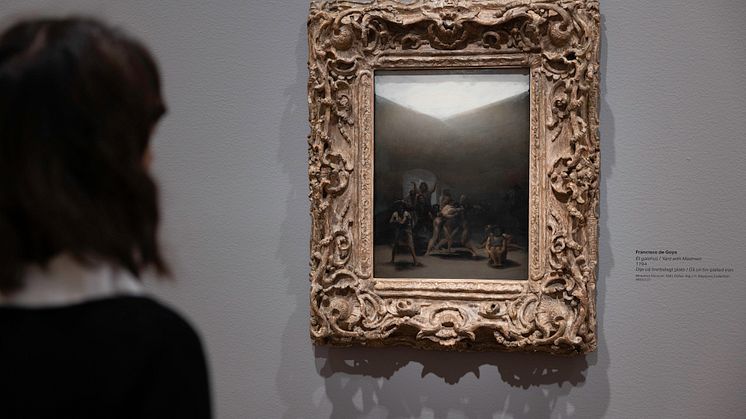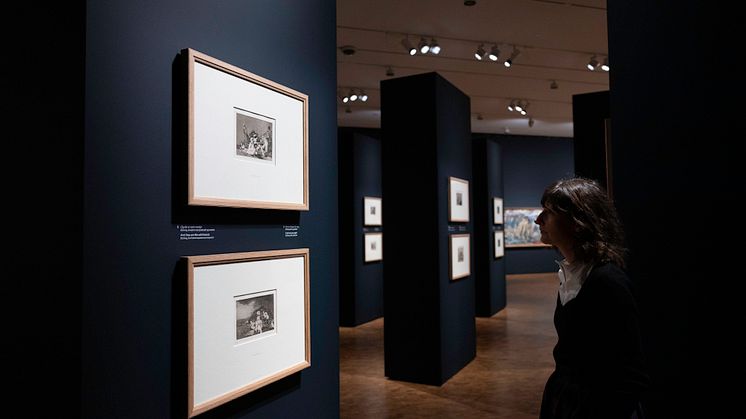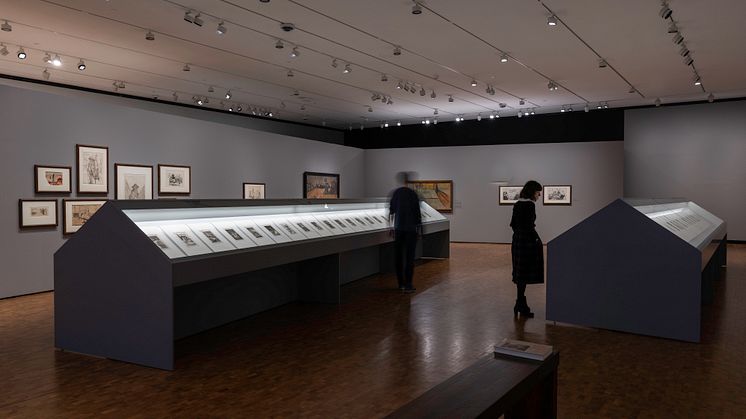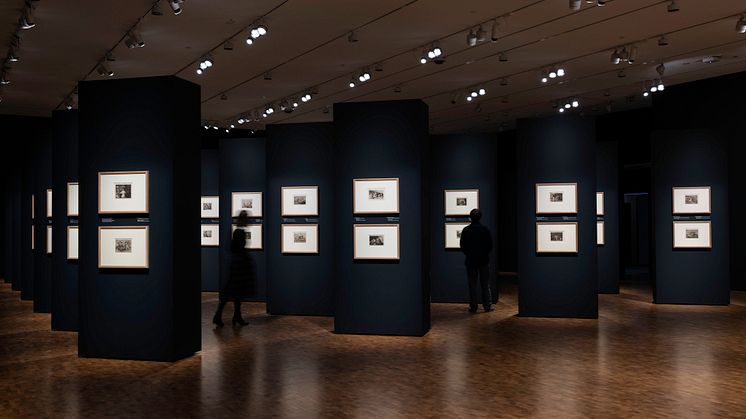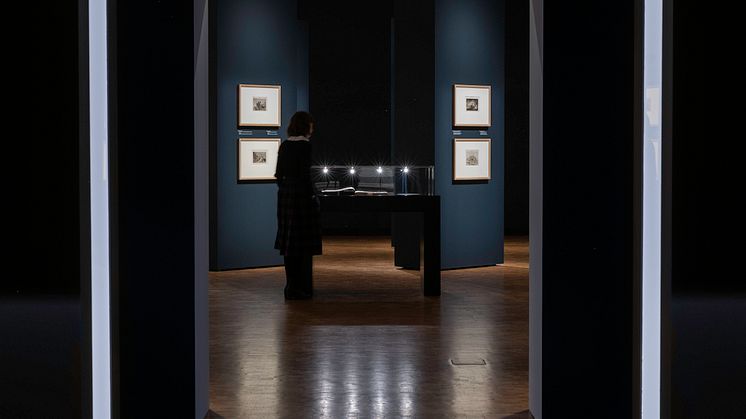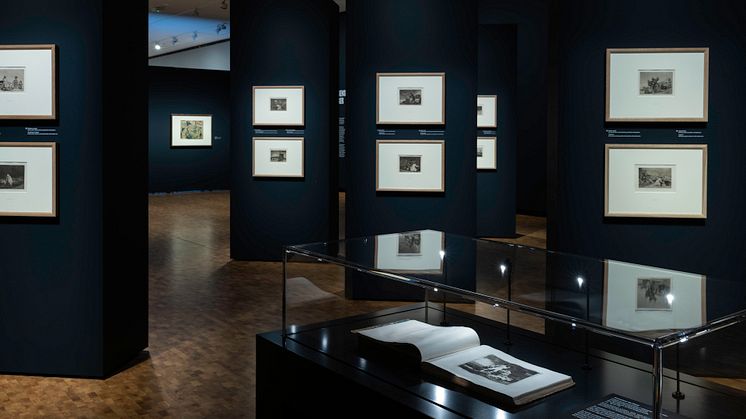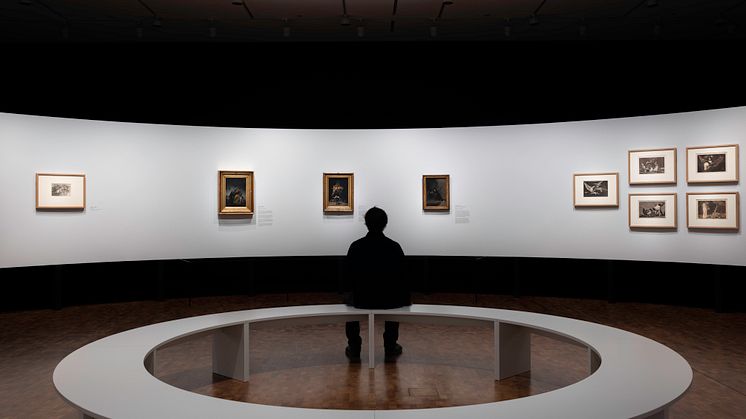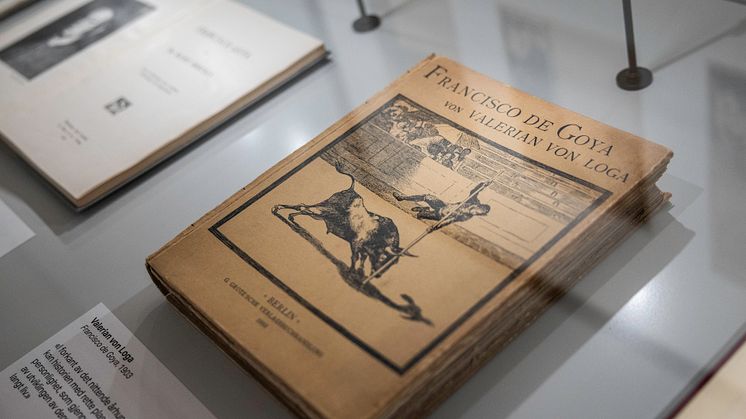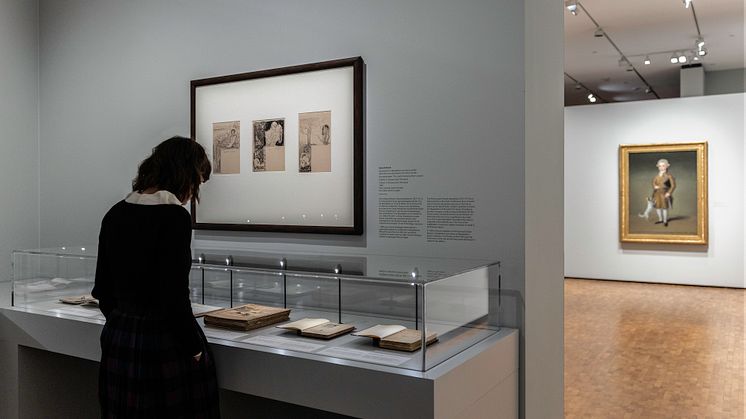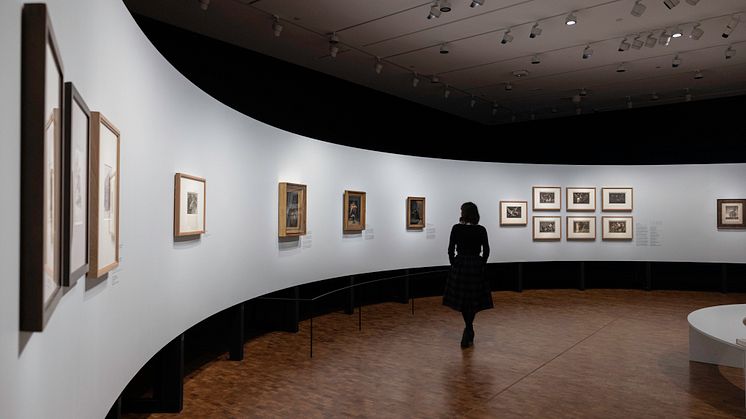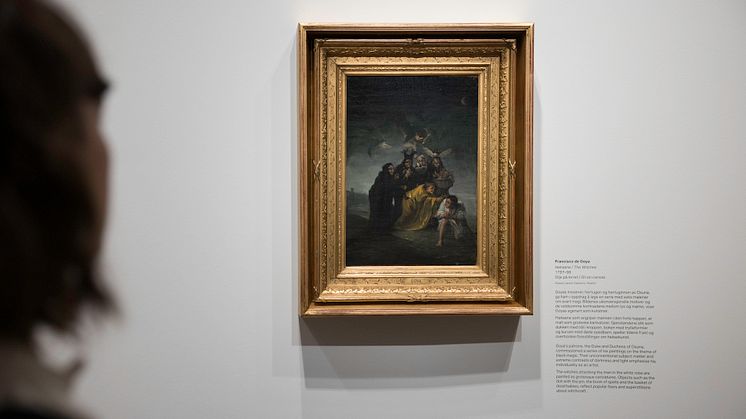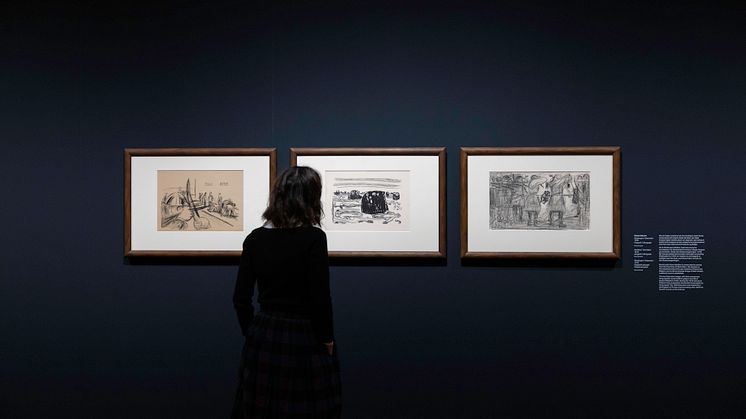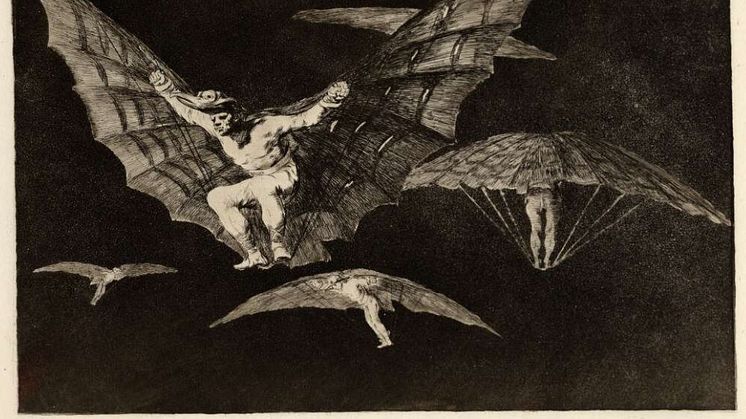
Press release -
GOYA AND MUNCH: MODERN PROPHECIES – A RARE MEETING OF TWO MASTERS
For the first time ever, visitors to MUNCH will get to see two of the world’s most famous artists side by side: Francisco de Goya (1746–1828) and Edvard Munch (1863–1944). The extensive exhibition Goya and Munch: Modern Prophecies opens on Saturday 28 October.
Two artists from opposite ends of Europe (Spain and Norway), one born well over a century before the other. What is the connection between them? It was only in Munch’s lifetime that Goya was rediscovered and gained international recognition. That meant that the Spanish artist’s work was part of the same art scene as Munch. He was shown in the same exhibitions and described in similar terms as Edvard Munch was.
In a wide-ranging selection of greater- and lesser-known drawings, prints and paintings, The exhibition identifies parallels between the two artists. Goya created fantasy-fuelled, disturbing images as a response to the violent circumstances, social problems and hypocrisy of his times.
In the context of today’s appalling wars, these images are experienced as painful and relevant today as when they were made.
The exhibition opens by showing the significance of Goya for Munch and his circle, and then leads into the powerful modern visions of the two artists. The exhibition’s main three large, thematic rooms deal with society, the impact of war and, lastly, faith and superstition. The exhibition includes the first edition of Goya’s two print series The Caprices and Disasters of War, which are very seldom shown in their entirety.
Several decades after Goya’s death, artists around Europe were inspired by his unfettered realism and his attraction towards dark interior worlds, as well as by his inventive explorations and use of different media and techniques. For those artists, Goya was seen as a prophet of their new art.
Although it is difficult to confirm whether Munch was directly inspired by Goya, the two clearly shared artistic interests. As the exhibition shows, many in Munch’s circle of friends, and his generation, were fascinated and excited by Goya’s rich imagination and boundless experimentation.
‘Goya and Munch: Modern Prophecies is the result of wide ranging research, and at last we can reveal it to the public,’ says Tone Hansen, director of MUNCH. ‘Just like our own Edvard Munch, Francisco de Goya is one of the most significant and well known artists in the world, and this exhibition marks the first time Edvard Munch has been placed in the context of art from earlier in history at MUNCH.
‘The fact that this exhibition is also, sadly, so relevant today, given the recent flaring-up of conflicts around the world, goes to show how current these two artists remain in 2023.’
The exhibition includes generous loans from several national and international museums: The British Museum and National Gallery in London, Metropolitan Museum of Art in New York, Meadows Museum in Dallas, The Museum of Fine Arts in Houston, The Clark Art Institute in Williamstown, Museo del Prado, Thyssen-Bornemisza National Museum and Museo Lázaro Galdiano in Madrid, The Bilbao Fine Arts Museum, Museum Behnhaus Drägerhaus in Lübeck and the National Museum in Oslo.
The exhibition catalogue contains essays by two Goya experts: Manuela B. Mena Marqués, former senior curator at the Museo del Prado for more than 30 years, and Janis A. Tomlinson, author of the most recent biography, Goya: Portrait of the Artist (2020). The catalogue also contains texts by the exhibition’s curator Trine Otte Bak Nielsen, as well as by senior conservator Ute Kuhlemann Falck and curatorial assistant All Salomon Selnes, all from MUNCH.
Notes to editors:
The prints on display include two complete series of major Goya works: The Caprices (1799, 80 images) and Disasters of War (c. 1810–15, 80 images). There will also be shown a bound album of working proofs of Disasters of War, the only one to have survived from Goya’s lifetime, and featuring image titles in the artist’s own handwriting.
The Goya artworks include three witchcfraft-themed highlights: The Witches, Witches’ Flight and Scene from The Forcibly Bewitched. These three paintings have never been exhibited together in Norway before. The exhibition also shows many of Munch’s lesser-known works, including war imagery and representations of social issues at the time such as murder trials and suicide.
As part of Goya and Munch: Modern Prophecies, Munch’s The Vampire (1893) will be unveiled for the first time since its recent restoration, which took many months. Old varnish has been removed, revealing previously hidden variations in colour and brushstrokes. The project was achieved with the support of Bank of America.
Total number of works in the exhibition: 232
Works by Francisco de Goya: 171 prints, 9 paintings, 11 drawings.
Works by Edvard Munch: 18 prints, 12 paintings, 9 drawings, 1 watercolour, 1 written text.
Categories
MUNCH is home to the world's largest collection of works by Norwegian artist Edvard Munch. 22 October 2021, MUNCH will open in a brand new building on Oslo’s waterfront. The bespoke structure, designed by estudio Herreros, will house more than 26,000 works that Edvard Munch bequeathed to the City of Oslo. The museum also manages collections donated by Rolf Stenersen, Amaldus Nielsen and Ludvig Ravensberg.
The new museum will trace the artist’s profound influence both on modern art and on artists through to the present day. Alongside displays of iconic artworks from the renowned permanent collection, temporary exhibitions will show Edvard Munch’s lasting influence in his own contemporary society, as well as on today’s generation of artists.
Visitors will experience the highlights of Edvard Munch’s oeuvre, in parallel with a wide-ranging programme of cultural events and experiences for visitors of all ages. From its location in Bjørvika, with unparalleled views of the Oslo Fjord, the museum will offer an extensive program of art and cultural experiences across thirteen floors.
